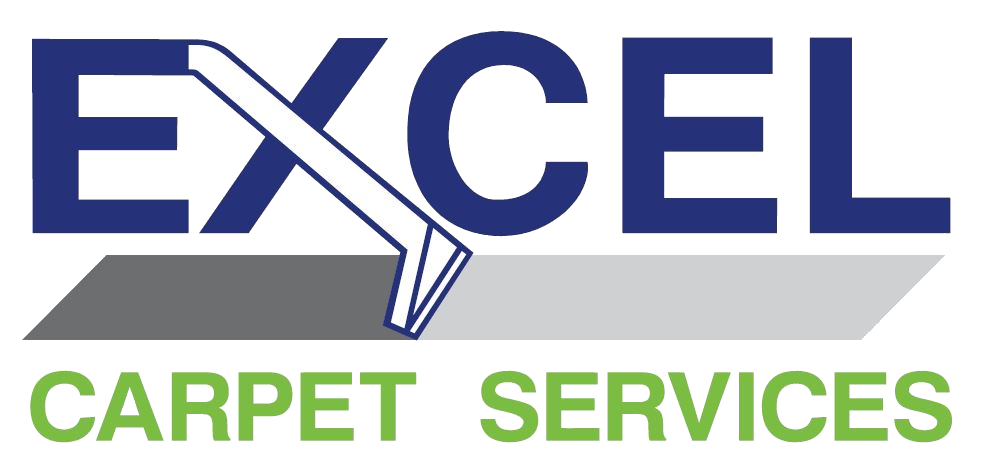When water invades your living space unexpectedly, the urgency to act cannot be overstated. Water damage from a burst pipe, heavy rain, or a faulty appliance can lead to significant property damage and potential health hazards. Immediate action is paramount to minimize damage and protect your home’s integrity.
We know that the first steps you take after discovering water damage can make all the difference. Ensuring everyone’s safety comes first, followed by swift and effective water extraction. Acting quickly prevents further damage and reduces the risk of mold and mildew, which can cause serious health issues.
Understanding how to manage water damage effectively requires more than just a mop and bucket. Proper tools and techniques are crucial for successful water extraction. By preparing correctly, you can salvage much of your property and reduce the long-term impact of flooding. Let’s walk you through the essential steps to handle water extraction efficiently, ensuring your home remains safe and dry.
Assessing the Situation: Safety and Damage Control
Before tackling water extraction, assessing the situation for safety and damage control is crucial. Water damage can create hazardous conditions, including electrical risks and structural weakening. We start by ensuring the safety of everyone in the area. First, turn off the main power supply to prevent any electrical accidents, especially if water has reached outlets or appliances. Next, inspect the affected area for signs of structural damage, such as sagging ceilings or buckling floors, which can pose immediate dangers.
Once safety is confirmed, we evaluate the extent of the water damage. This involves identifying the source of the water intrusion and stopping it if possible. For instance, if a pipe burst caused the flooding, the water supply must be turned off. We then classify the water damage, distinguishing between clean water (from broken pipes), grey water (from appliances), and black water (from sewage), as each type requires different handling procedures. By properly assessing the situation, we ensure the right steps are taken from the beginning.
Essential Steps for Immediate Water Extraction
After ensuring safety and assessing damage, immediate water extraction is the next critical step. Rapid action is vital to prevent severe damage and mold growth. We begin by removing any standing water using a wet/dry vacuum. Portable vacuums are especially effective for smaller areas, while larger extractors are needed for more extensive flooding. This initial extraction helps to reduce the risk of further damage and makes the remaining cleanup more manageable.
Once standing water is removed, we focus on extracting moisture from carpets, rugs, and upholstery. For carpets, a combination of carpet-specific extractors and high-powered fans helps to dry out the fibers. Rugs should be rolled up and taken to a dry area for further treatment. Upholstered furniture requires careful attention to avoid damage; appropriate tools and techniques ensure thorough drying without harming the material. By efficiently following these steps, we aim to mitigate the effects of water damage and restore the affected areas to a safe and dry state.
Tools and Equipment Needed for Emergency Water Removal
Effective emergency water removal requires the right tools and equipment. Using the right gear ensures that the process is efficient and reduces the risk of further damage or complications. First on the list are industrial-grade wet/dry vacuums. These vacuums are powerful and can extract large amounts of water quickly from carpets, floors, and upholstery. They are essential for initial water removal and help in mitigating immediate hazards.
Next, we utilize high-speed air movers. These machines help to accelerate the drying process by circulating large volumes of air across wet surfaces. Coupled with dehumidifiers, they significantly reduce moisture levels in the air, preventing mold and mildew growth. Infrared cameras and moisture meters are another set of critical tools; they help us detect hidden water pockets in walls and flooring, ensuring no area is overlooked during the extraction and drying process.
Having access to proper safety gear such as rubber gloves, protective eyewear, and boots is also necessary to protect from potential contaminants in the water. Using these essential tools and equipment, we effectively manage the aftermath of water-related incidents, swiftly restoring normalcy to affected areas.
Preventing Mold and Mildew After Water Extraction
Preventing mold and mildew after water extraction is paramount to ensuring a healthy living environment. Mold can begin to grow within 24 to 48 hours after water damage occurs, making it crucial to act fast. One of the first steps we take is to ensure thorough drying of all affected areas. We remove residual moisture from the environment using dehumidifiers and high-speed air movers. This step is crucial, as even a small amount of leftover moisture can lead to mold growth.
In addition to drying, we clean and disinfect all surfaces exposed to water. Using antimicrobial solutions, we kill any bacteria or mold spores that may have started to develop. Monitoring the humidity levels in the affected area is also essential. We use moisture meters and hygrometers to ensure that humidity levels stay within a safe range, typically below 60%.
Another preventive measure involves removing any materials that can easily harbor mold, such as soaked carpets or drywall that has absorbed too much water. By replacing these items, we eliminate potential mold breeding grounds. Regular inspections post-extraction can catch early signs of mold, allowing for prompt action. These steps collectively help us prevent mold and mildew, protecting your home and health from these harmful fungi.
Conclusion
Swift and effective action in emergency water extraction is critical in minimizing damage and ensuring a quick recovery. By understanding the importance of using the right tools and methods, we manage to extract water efficiently and prevent further damage such as mold and mildew growth. Properly drying and disinfecting affected areas and regular inspections are vital steps to maintain a safe and healthy home environment.
If you ever find yourself dealing with water damage, it’s important to act quickly and use the right techniques to avoid long-term problems. For professional help and peace of mind, trust the experts at Excel Carpet Services. We provide comprehensive emergency water extraction servicesto get your home back to its original state. Contact Excel Carpet Services today at (513) 822-4190 to schedule our expert water removal and restoration services.



